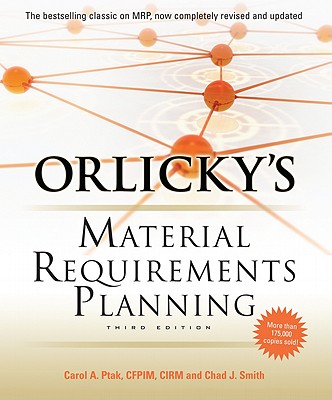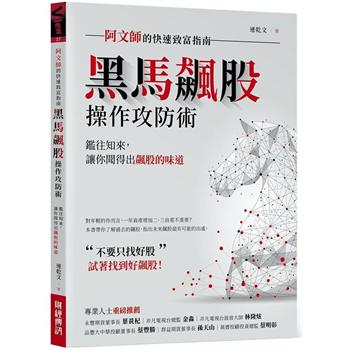The classic MRP work up-to-date with new information on supply chain synchronization
Thoroughly revised, Orlicky’s Materials Requirements Planning, Third Edition reviews the poor business results embedded in most of today’s business systems; discusses the core problems causing the results; presents and discusses an alternative pull structure for planning and controlling materials flow; and presents initial results from actual implementations. This new edition reveals the next evolutionary step for materials and supply chain synchronization in the modern manufacturing landscape. This update describes:
- A solution to a chronic MRP-related problem that plagues many manufacturers: shortages of materials, components that block the smooth flow of work through the plant
- A competitive edge through strategic lead time reductions
- Significant reductions in total inventory investment
- Significant increases in service levels
This new edition helps companies tackle three pervasive problems: unacceptable inventory performance; unacceptable service level performance; and high related expenses and waste.
New to This Edition:
- New section on manufacturing as the heart of the supply chain management, and specific challenges in the 21st century
- Covers supply chain management (SCM) and distribution requirements planning (DRP)
- Discusses the impact of Lean and the Toyota Production System
- Update of integration software
- Reviews the emergence of demand-driven strategies and the MRP “conflict”
- Introduces the new concept of ASR (Actively Synchronized Replenishment) and explains how to incorporate it into business processes
- Explains positioning and how Six Sigma can help achieve results
- In-depth discussion of buffers – how to size, maintain, and adjust them
- New chapter on using MRP tools across the supply chain to enable pull-based approaches
- New case studies which illustrating the techniques described in the book
Comprehensive coverage:
The Whole and Its Parts; Manufacturing as a Process; Inventory Management; Prerequisites of MRP 3.0; Traditional Methodology; MRP Logic; Keeping MRP Up to Date; Lot Sizing and Safety Stock; Data Requirements and Management; MRP 3.0; Traditional MRP in Today’s Environment; MRP 3.0 Component 1—Strategic Inventory Positioning; Component 2—Buffer Level Profiling; Component 3—Dynamic Buffer Maintenance; Component 4—Pull-Based Demand Generation; Component 5—Highly Visible and Collaborative Execution; Dynamic Buffer Level Profiling; ASR Demand Generation; Applications; Developing Valid Inputs; Making Outputs Useful; Demand Driven Philosophies and MRP; Engineer to Order Environments; Lessons of the Past; Present State; The Future of MRP 3.0












